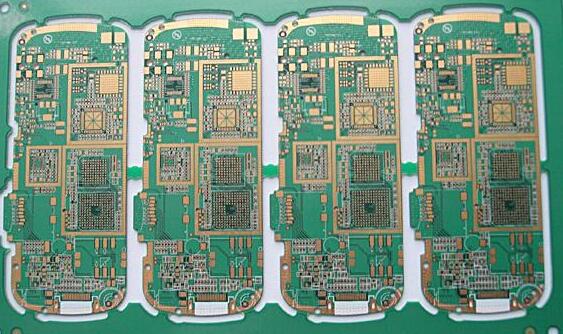Introduction to SMT flux inspection and other incoming inspection methods
At present, the country has higher and higher requirements for environmental protection and greater efforts in link governance. This is a challenge but also an opportunity for PCB factories. If PCB factories are determined to solve the problem of environmental pollution, then FPC flexible circuit board products can be at the forefront of the market, and PCB factories can get opportunities for further development.
SMT flux is a liquid flux used for wave soldering during plug-in processing, and solder paste is used in SMT workshop. When selecting a flux, it needs to be determined according to the welding product, customer requirements and equipment, and it cannot be bought and used blindly.
1. Flux inspection
1. Water extraction resistivity test: The water extraction resistivity test mainly tests the ionic characteristics of flux. The test method is stipulated in the American Circuit Interconnection and Carrier Standard QQS-571 and other standards. Inactive rosin (R) and moderately active rosin flux (RMA) should have a resistivity of not less than 10000cm, while the resistivity of active flux should not be less than 10000cm. The electrical resistivity of water is less than 100,000cm, which cannot be used for military SMA and other circuit components with high reliability requirements.
2. Copper mirror test: The copper mirror test is to test the flux activity through the effect of the flux on the thin copper layer coated on the glass substrate. For example, QQ-S571 stipulates that for R and RMA fluxes, regardless of the results of the resistivity test, it should not have the activity to remove the copper coating on the copper mirror, otherwise it is unqualified.

3. Specific gravity test: The specific gravity test mainly tests the concentration of flux. In wave soldering and other processes, the specific gravity of flux is affected by its solvent evaporation and the amount of SMA soldering. Generally, it is necessary to track and monitor and adjust in time during the process to keep the flux at the set specific gravity and ensure the smooth progress of the soldering process. The specific gravity test is usually carried out by sampling regularly and measuring with a hydrometer. It can also be carried out automatically by connecting the automatic flux specific gravity detection system.
4. Color test: The color test can show the chemical stability of the flux and the deterioration due to factors such as exposure, heating and service life. Colorimeter test is a common method for testing. When the tester has rich experience, the simplest visual inspection method can be used.
2. Other incoming materials inspection
1. Adhesive testing: Adhesive testing is mainly for viscosity testing. The bonding strength of the adhesive bonding SMD to the PCB should be tested according to relevant standards to determine whether it can ensure that the bonded components are subjected to vibration and The thermal shock does not fall off, and whether the adhesive has deteriorated, etc.
2. Cleaning agent detection: The composition of the solvent will change during the cleaning process, and it will even become flammable or corrosive. At the same time, it will reduce the cleaning efficiency, so it needs to be tested regularly. Cleaning agent detection is generally carried out by Gas Chromatography (GC) method.